Rock’s Mad Geniuses by Jason LeValley
With the recent passing of Fleetwood Mac founder Peter Green at the age of 73, rock lost one its last remaining mad geniuses from the heady days of the 60s. Green, like fellow rock legends Syd Barrett, Brian Wilson, Roky Erickson, and Skip Spence, was labeled an acid casualty by the music press and disappeared from the public eye for many years.
The term “acid casualty,” however, is a misnomer that does not apply to any of these talented individuals. While it is true that these gentlemen took acid in the 60s, it is not true that LSD caused them to lose their minds. According to Mental Health Daily, “There is not currently any research in support of the idea that LSD can cause schizophrenia. Although it may induce a state of psychosis that is very similar to schizophrenia – this is considered ‘drug-induced psychosis’ and does not stem from other factors”. Referring to these greats as acid casualties distracts from their significant contributions to rock music and unfairly diverts the attention from their musical legacies.
Peter Green
Born Peter Greenbaum, Green started the bluesy Fleetwood Mac with Mick Fleetwood and John McVie in 1967. He wrote “Black Magic Woman” (later a massive hit for Santana), “Albatross” (a UK #1), and “Oh Well.”
Like many young people in the late 60s, Green experimented with LSD. In 1968, he grew a beard and started wearing robes, as well as a crucifix, and his behavior became a bit more eccentric.
At a communal gathering in Munich, Germany in March of 1970, Green took LSD and refused to leave the compound. A couple of roadies tried unsuccessfully to retrieve him, but he was having too much fun playing music with members of the commune. After several days, Fleetwood and McVie themselves went to recover him. Both of them recalled that Green was never the same after that and they believe that the acid caused him to lose his mind. Shortly thereafter, Green left Fleetwood Mac, never to return. In the mid 70s, he spent time in psychiatric facilities and underwent electroshock therapy.
Syd Barrett
Barrett is perhaps the person most closely associated with the term “acid casualty,” at least insofar as it pertains to rock n’ roll. Much has been made of his lysergic overindulgence and subsequent descent into madness. In fact, he became a muse to his former Pink Floyd bandmates who immortalized him in song (i.e., “Shine on You Crazy Diamond”) and film (The central character in The Wall, portrayed by Bob Geldof, was loosely based on Barrett.)
He made some of the most whimsical psychedelic music ever recorded during the roughly two-year span that he spent in Pink Floyd at the beginning of the band’s career. Tragically, his hallucinogenic habits seemed to exacerbate the onset of schizophrenia and led to erratic behavior because of which he was no longer able to contribute to the band in any meaningful manner. After fading out of view for a year or so, he re-emerged to release two solo records that failed to have any commercial impact. Dejected and incapable of remaining self-sufficient, he moved into his mother’s house in Cambridge, UK and stayed there until his death in 2006.
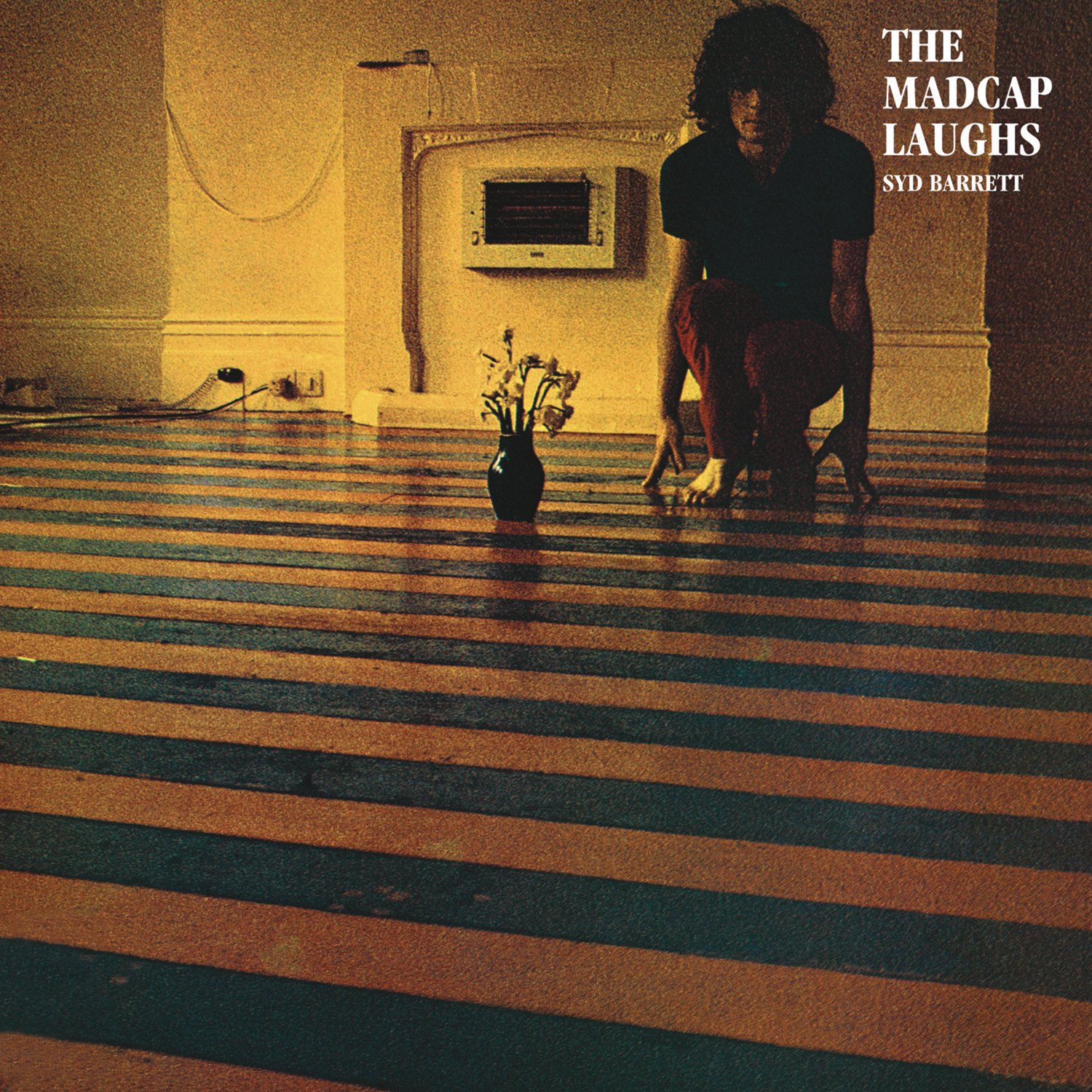
Roky Erickson
Erickson co-founded the Austin, TX band The 13th Floor Elevators–the first musical group to proclaim themselves as psychedelic–in late 1965, at age 18. The band scored a minor hit with the Erickson-penned “You’re Gonna Miss Me” from its debut album The Psychedelic Sounds of the 13th Floor Elevators, which is considered a garage-rock and psychedelic rock classic. Their follow-up album Easter Everywhere is considered equally good, if not better than their debut, but Erickson’s mental problems were becoming more troublesome around this time. He started speaking gibberish and was diagnosed with paranoid schizophrenia, making it difficult to focus on his music. The band continued to play live, but were often without Erickson, their lead singer, due to his frequent trips to the psychiatric ward.
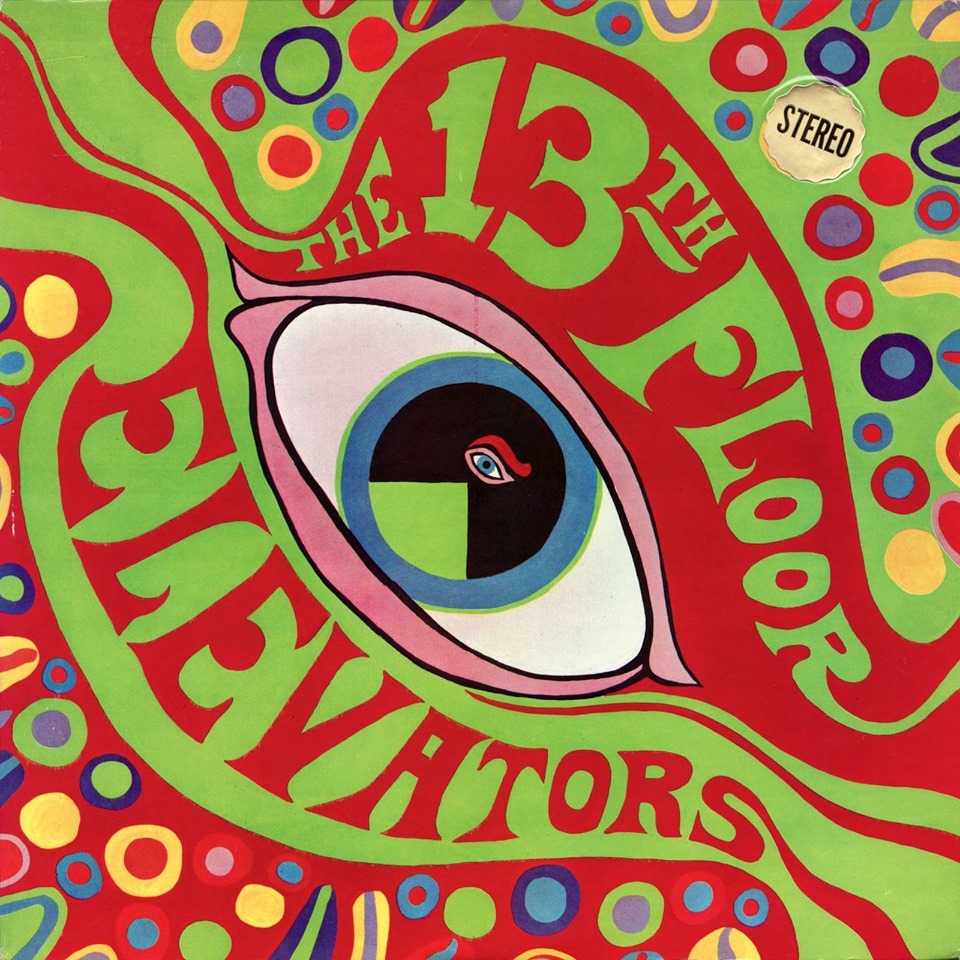
The band had always been open about their use of and enthusiasm for both marijuana and LSD and that, unfortunately, made them a target for local police. In 1969, Erickson was arrested for a single joint and, in order to avoid a potential 10-year prison sentence, pleaded not guilty by reason of insanity. He was whisked away to the state hospital where he was subjected to electroconvulsive therapy and put on Thorazine.
Erickson re-united with The 13th Floor Elevators in 2015 for Levitation, the annual Austin, TX psychedelic music festival named after one of the band’s songs (“I’ve Got Levitation” from Easter Everywhere.)
He passed away on May 31st of last year at the age of 71.
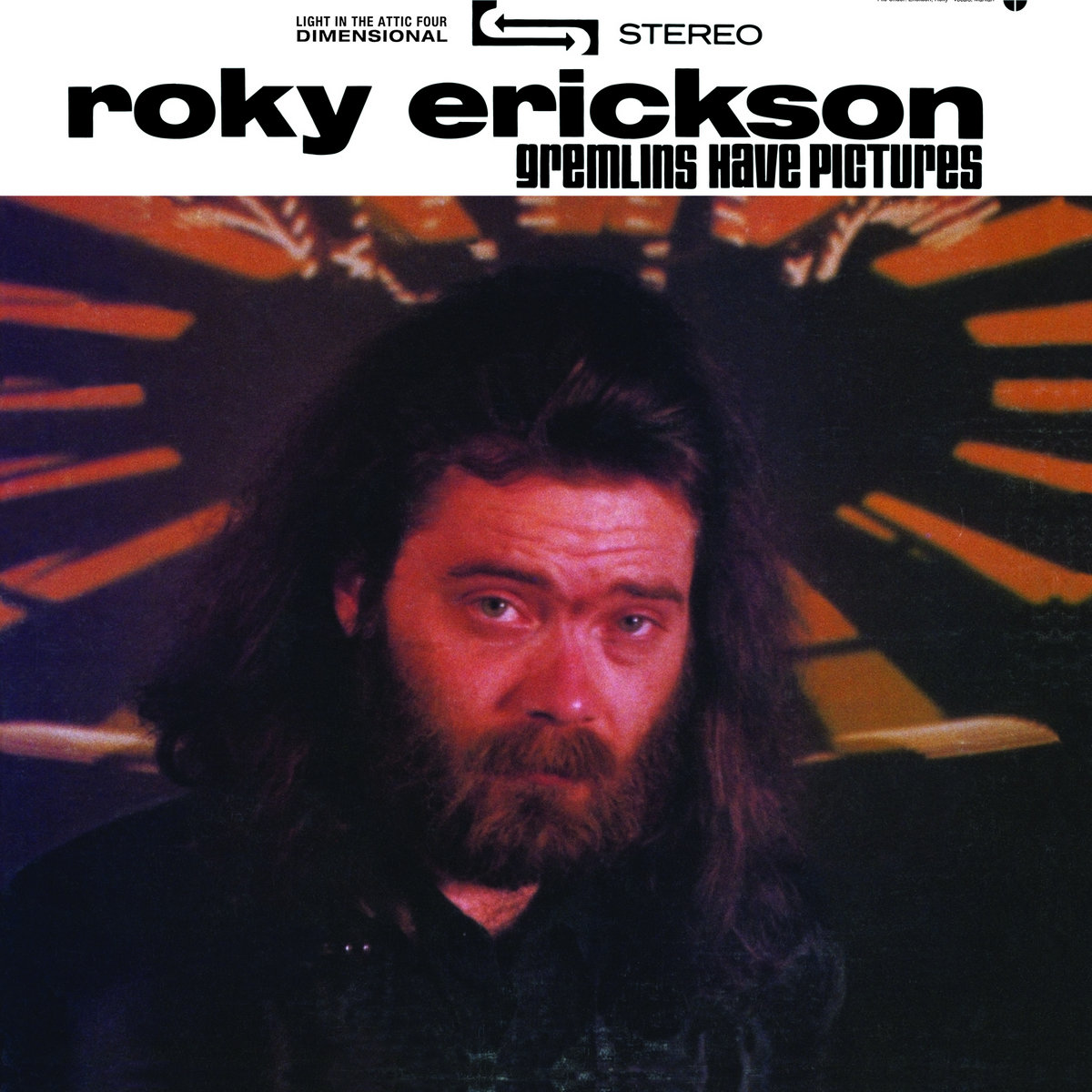
Skip Spence
Alexander “Skip” Spence played in three of the top San Francisco bands of the late 60s: Jefferson Airplane, Quicksilver Messenger Service, and Moby Grape. It was with Moby Grape that he made his most significant contributions, singing and playing guitar on the band’s first three albums.
Like nearly every musician on the San Francisco scene in the late 60s, Spence experimented with drugs, including LSD. In New York City during the recording of the band’s 1968 album Wow, Spence, in a state of extreme agitation, chopped down the door to a band mate’s hotel room with a fire axe. For no apparent reason other than the delusions he was experiencing, Spence seemed intent on killing band mates Jerry Miller and Don Stevenson. He was eventually wrestled to the ground, arrested, and sent to a detention center, followed by a six-month stay at Bellevue Hospital, where he was diagnosed with schizophrenia. After his release from Bellevue, he hopped on a motorcycle and rode all the way to Nashville, TN in his pajamas (as legend has it) to record an album that he had composed while in confinement. He played all the instruments on Oar, which has been described as “one of the most harrowing documents of pain and confusion ever made.” The album was ignored upon release but came to be considered a classic decades later. Unfortunately, Spence spent the rest of his life homeless or as a ward of the state. Just weeks after his death in 1999, a tribute album called More Oar was released and featured song-by-song coverage of Spence’s album with tracks contributed by stars such as Robert Plant, Tom Waits, and Beck.
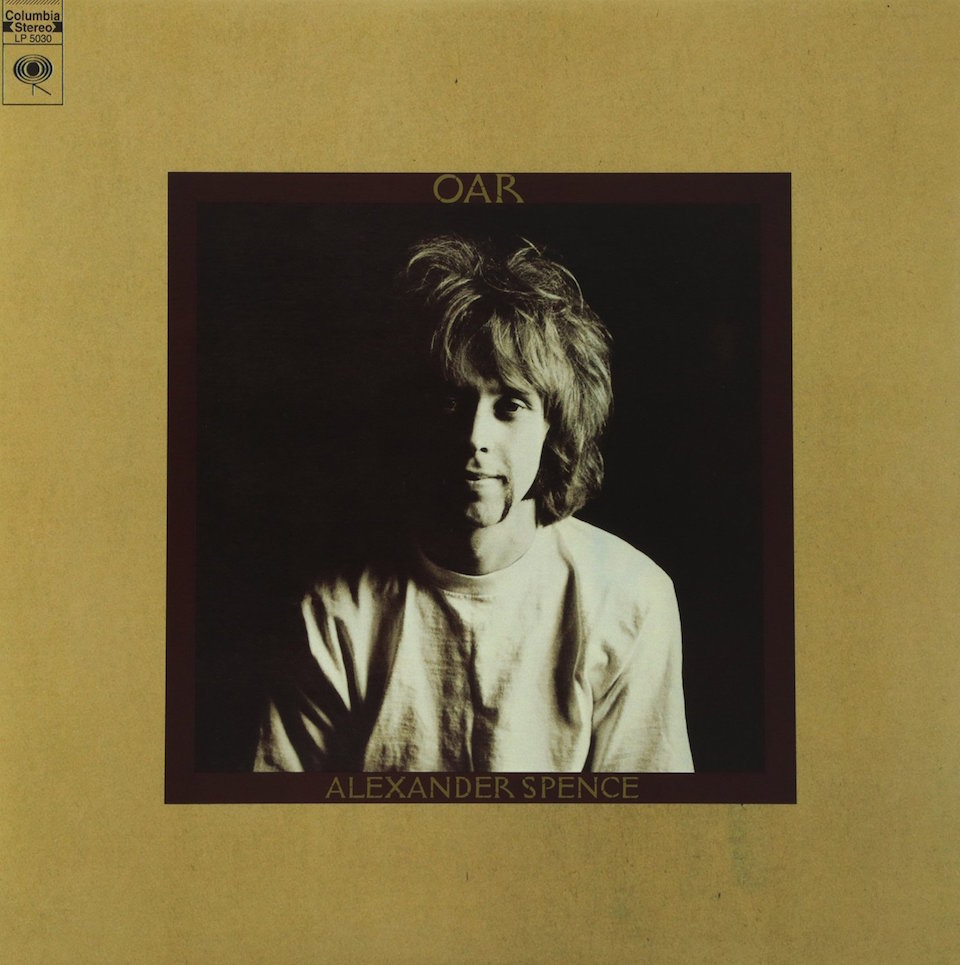
Brian Wilson
Of the so-called acid casualties discussed here, Brian Wilson is the most famous and the only one who remains alive. So much has been written about The Beach Boys’ leader that most readers are probably already aware of his ongoing mental health issues, as well as the tragedies and triumphs of his phenomenally successful career.
By the time Wilson first took LSD in April of 1965, he had experienced panic attacks and made the decision to stop touring with the band. Upon taking the drug, he says that his creativity spiked dramatically, which elevated his songwriting abilities to unprecedented levels. Suddenly, the pop tunes he was creating were considered high art with complex, multi-layered production. His genius shone more clearly than ever. Unfortunately, his behavior became erratic and he became reclusive and unproductive. He stayed in his bedroom, ate unhealthily, and became obese.
Wilson claims that LSD “fucked with” his brain. He says the auditory hallucinations started when he first took LSD and now advises people not to take drugs.
In spite of Wilson’s belief that it was the LSD that caused him to start hearing voices, it is much more likely that the drug exacerbated his pre-disposition to schizoaffective disorder. Since LSD is known to mimic the effects of schizophrenia, it’s easy to see how Wilson could believe that his first LSD experience put him on a path to a life of auditory hallucinations and delusion thinking.
All five of these mad musical geniuses suffered from schizophrenia, or (in the case of Wilson) a related illness like schizoaffective disorder, which simply means that there is a mood disorder in addition to the schizophrenic symptoms. The onset of schizophrenia typically occurs between the teen years and the early 20s for men. Each of the men discussed here were within that age range when their psychotic symptoms first manifested themselves. Given that experimentation with LSD was so common, particularly among musicians and creative types, in the mid to late 60s, it’s no wonder that the schizophrenic tendencies of these five men correlated with their hallucinogenic experimentation.
In summary, the term acid casualty is typically misused and antiquated. We now know that LSD consumption doesn’t cause schizophrenia and that it can actually be used to improve mental health (e.g., when it’s employed to treat addictions). It’s time to stop referring to Peter Green, Syd Barrett, Roky Erickson, Skip Spence, and Brian Wilson as acid casualties because doing so diminishes the perception of their art. Instead of lamenting what could have been, let’s appreciate the great music that they did leave behind. Their legacies are rich and their music brought, and continues to bring, joy and purpose to countless numbers of people across the globe.
– Jason LeValley


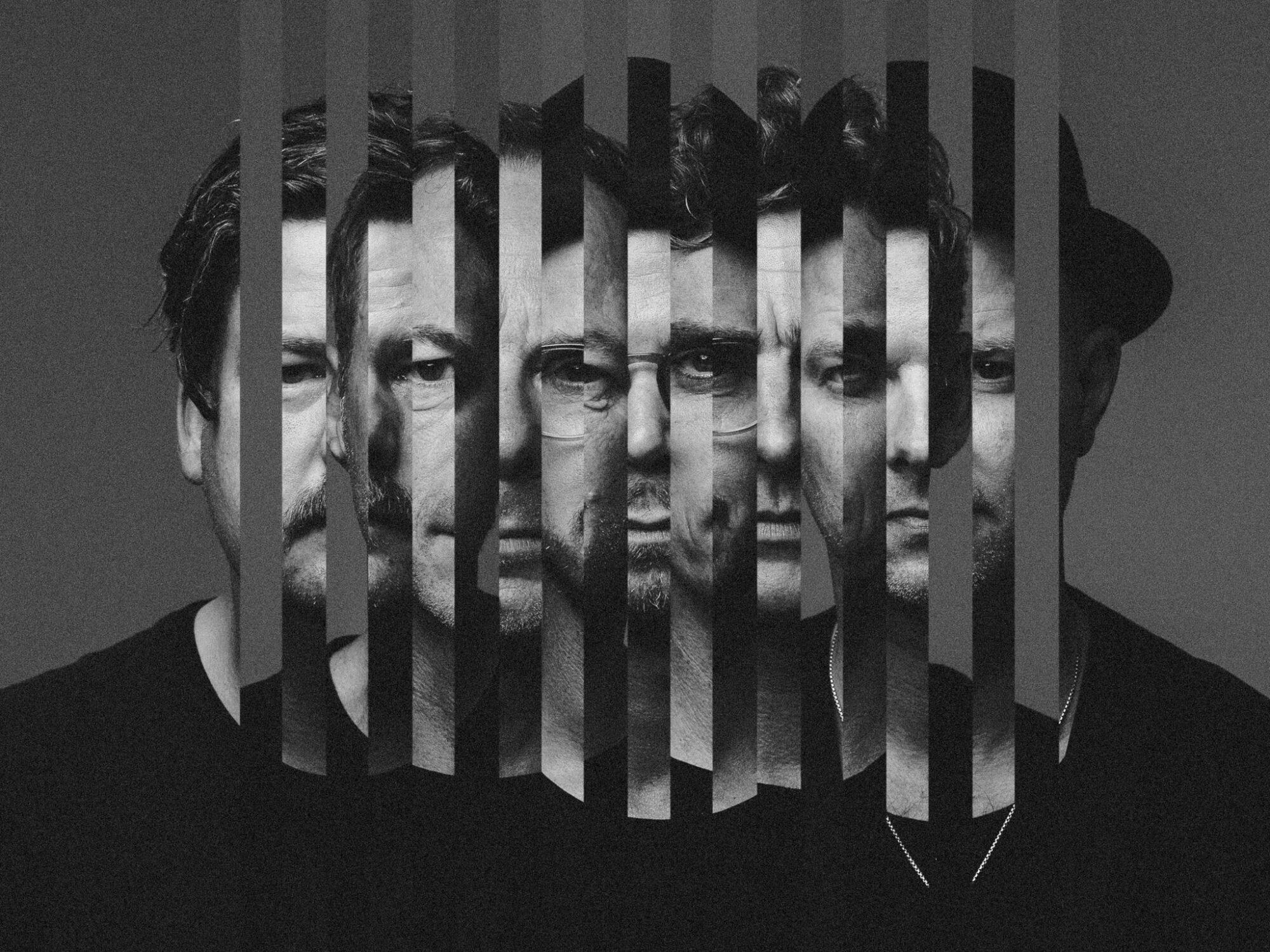
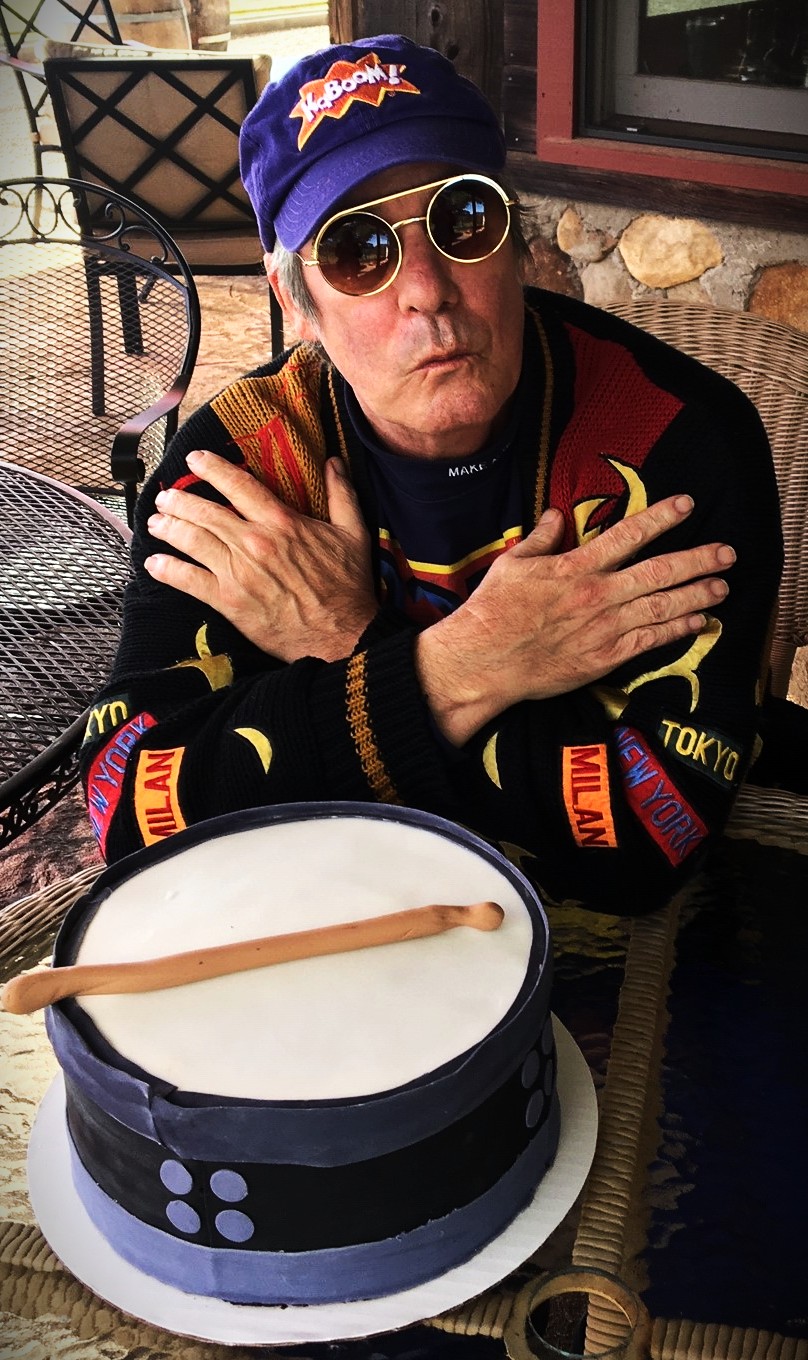
Thanks for this article, Jason. I’ve spent a fair amount of time contemplating the lives and careers of all the musicians you mentioned. Like you, I’m hesitant blame to LSD for their personal or professional problems. One reason is that it might have been STP, for example, that precipitated their troubles. STP was certainly more powerful than LSD. Some day I’ll do a timeline of when those musicians had their so-called breakdowns and see if it ties in with any known batch of hallucinogen or deliriant. Another angle is that while Brian Wilson dabbled in LSD, he truly went overboard on cocaine. And was Skip Spence a heroin addict or not? Which drug caused more trouble for them? With Syd Barrett, he was stuck in a band with a careerist all-world jerk, Roger Waters, who went on to make a fortune exploiting his ex-bandmate’s misfortune. It must have been hell for Barrett to be in a band with the overbearing Waters. How would anyone like to be having some tough years and have a so-called friend create three massive albums that are basically about you (DSOTM, WYWH, and TW)? Finally, the life of Craig “Maitreya” Smith is worth studying. He wrote songs for the Monkees, Glen Campbell, Andy Williams etcetera before taking a serious left turn in life. Mike Stax (Ugly Things) biography of Smith “Swim Through the Darkness” is breathtaking. Peace. (PS: you maybe want to do that timeline with me?)
Good tribute to the rockers of the damned.
Actually their tragic lives add to their appeal giving them a myth that makes them fascinating to this day.
“Tragically, his hallucinogenic habits seemed to exacerbate the onset of schizophrenia…” sorry but this is where you lost me. Not only does this statement conflict with the quote from Mental Health Daily in the first paragraph, but Syd Barrett was never diagnosed with schizophrenia, or any mental illness for that matter. His sister Rosemary has spoken about this. If I remember correctly, Roger Waters or someone else in the Pink Floyd circle suggested Syd had schizophrenia, and then everyone started regurgitating that alongside the acid casualty myth and whatever other miriad drugs they could pin the blame on.
Roger Barrett was not schizophrenic. He was on the autism spectrum (asperger). Cfr. underground artist Rory Hayes… (though Rory’s drug of choice was speed and he was never as involved in psychedelic culture as Roger was in the beginning of his artistic life…)
I grew up with Roky and the 13th Floor Elevators, in Houston, Texas. Saw them many time at LaMaison Club, The Catacombs, The Living Eye. Even ended up at a party with all The Elevators after one of their shows.what time to be a Teenager.